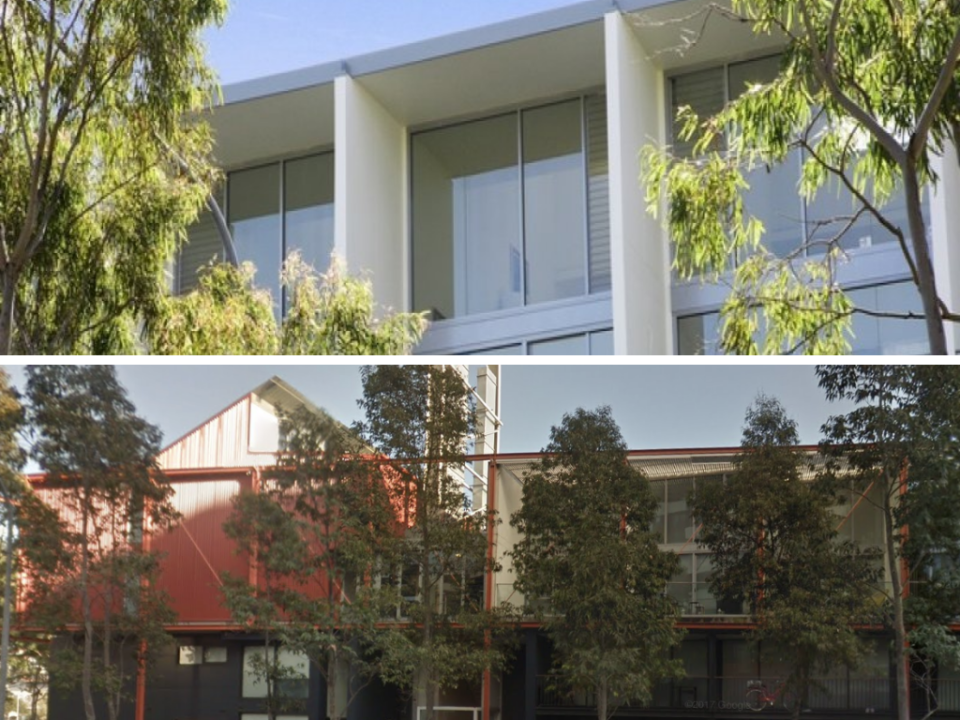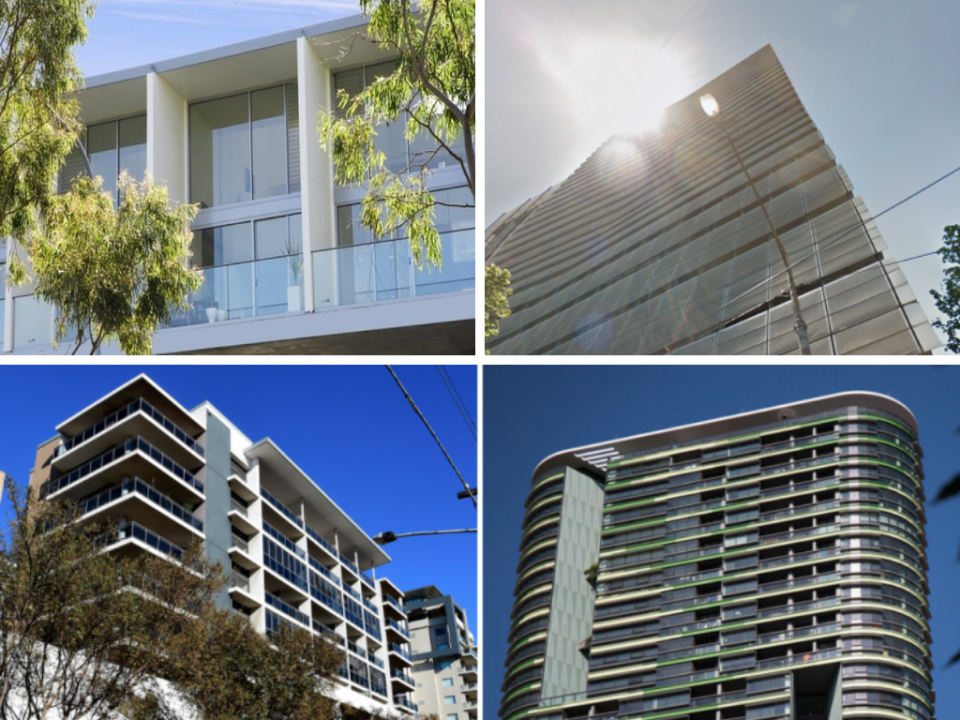The inner-city Sydney apartment block secretly evacuated 8 months ago

Just eight months ago, residents of 30 apartments at 19 Gadigal Avenue, Zetland were secretly evacuated from their homes due to water and fire safety defects, as first revealed by SMH.
The Zetland apartments, named the Garland Lofts, were built a decade ago by developer Garland 204 Pty Ltd.
According to Sydney-based property manager Village Property, the apartments – advertised as “leased” – are described as an “urban oasis – Bali meets New York”.
“Giving new meaning to the word ‘designer’, Garland Lofts features voluminous 2 storey voids to the living area, saw tooth roofs to bedrooms and a totally unique indoor/outdoor bathroom with its own private balcony,” according to the description.
A spokesperson for the City of Sydney said the council was aware of an evacuation that happened in late 2018.
"A City of Sydney officer inspected the building in February, 2019, and found the building to be vacant with extensive and severe water damage," the spokesman told SMH.
"The water damage caused the failure of the internal fire-rated construction throughout several apartments.”
"The fire-rated construction is required to separate individual apartments and common areas during a fire."
But the revelation delivers another blow to the state government, which is already under pressure to answer for cracks discovered firstly in Sydney’s Opal Tower on Christmas Eve last year, and then Mascot Tower in mid-June.
And high-rise apartment problems aren’t just confined to Sydney: tenants of Liberty Tower, based in Melbourne’s CBD, were forced to evacuate on Sunday 23 June after a water main burst, flooding the basement and impacting the tower’s electricity.
What’s the NSW government doing about all this?
The state government has released a discussion paper, Building Stronger Foundations, for public consultation, asking for feedback on four key reforms aimed at “deliver[ing] a more robust regulatory framework” for the construction of buildings.
The consultation period is open until 24 July 2019, at which point the legislation will then be drafted and introduced to NSW Parliament.
Deakin University researchers recently found a stunning 97 per cent of new apartments across NSW had structural defects of some form.
A slow-burning, high-rise problem
Speaking to Yahoo Finance in June, Owners Corporation Network Karen Stiles said there was a “very quiet haemorrhaging” going on with high-rise apartments.
“The problems [in high-rise buildings] have been there for a long time but – generally speaking – people have been loathe to speak out about them because of the stigma attached and the loss of value,” she said.
“People have [had] to move out for extended periods of time or are forced to live through a reconstruction and all of the emotional and financial and physical impacts that go with that.”
“There are enormous problems out in high-rise apartment-land in new apartments.”

Following the Mascot Towers evacuation, UNSW City Futures director Bill Randolph said in June that building reforms were urgently needed to restore confidence in the apartment market, and that good developers were being tarred with the same brush as bad developers.
“Sooner or later, people will say ‘I don’t want to buy that stuff’. If people are very wary of buying a unit off the plan in a block of flats that hasn’t even been built because of the problems occurring, the developers won’t have anybody to sell it to,” he told Domain.
Badly built buildings would affect planners, developers, home buyers, and tenants, he said. “The boom is over; the election is over, it’s a good time to get reform going, how many more disasters do we need?”
Mascot Tower residents were offered a $3 million emergency relief package, but NSW Premier Gladlys Berejiklian refused to rule out the possibility of residents having to pay it back, news.com.au reported.
Make your money work with Yahoo Finance’s daily newsletter. Sign up here and stay on top of the latest money, news and tech news.

 Yahoo Finance
Yahoo Finance 
